How to Identify a Forgery

Copyright 2009, 2013 by Suzanne Bell, PhD
All Rights Reserved. No part of this book may be reproduced in any manner without the express written consent of the publisher, except in the case of brief excerpts in critical reviews or articles. All inquiries should be addressed to Skyhorse Publishing, 307 West 36th Street, 11th Floor, New York, NY 10018.
Skyhorse Publishing books may be purchased in bulk at special discounts for sales promotion, corporate gifts, fund-raising, or educational purposes. Special editions can also be created to specifications. For details, contact the Special Sales Department, Skyhorse Publishing, 307 West 36th Street, 11th Floor, New York, NY 10018 or info@skyhorsepublishing.com.
Skyhorse and Skyhorse Publishing are registered trademarks of Skyhorse Publishing, Inc., a Delaware corporation.
Visit our website at www.skyhorsepublishing.com.
10 9 8 7 6 5 4 3 2 1
Library of Congress Cataloging-in-Publication Data is available on file.
ISBN: 978-1-62087-593-3
Printed in the United States of America
CONTENTS
PREFACE
F orensic science has become in the early 21st century what the space race was in the 1960san accessible and inspiring window into the world of science. The surge in popularity that began in the latter part of the 20th century echoes a boom that began in the later part of the 19th century and was labeled the Sherlock Holmes effect. Today it is called the C.S.I. effect, but the consequences are the same as they were a century ago. The public has developed a seemingly insatiable appetite for anything forensic, be it fiction, reality, or somewhere between.
Essentials of Forensic Science is a set that is written in response to this thirst for knowledge and information. Written by eminent forensic scientists, the books cover the critical core of forensic science from its earliest inception to the modern laboratory and courtroom.
Forensic science is broadly defined as the application of science to legal matters, be they criminal cases or civil lawsuits. The history of the law dates back to the earliest civilizations, such as the Sumerians and the Egyptians, starting around 5000 b.c.e. The roots of science are older than civilization. Early humans understood how to make tools, how to cook food, how to distinguish between edible and inedible plants, and how to make rudimentary paints. This knowledge was technical and not based on any underlying unifying principles. The core of these behaviors is the drive to learn, which as a survival strategy was invaluable. Humans learned to cope with different environments and conditions, allowing adaptation when other organisms could not. Ironically, the information encoded in human DNA gives us the ability to analyze, classify, and type it.
Science as a formalized system of thinking can be traced to the ancient Greeks, who were the first to impose systematic patterns of thought and analysis to observations. This occurred around 500 b.c.e. The Greeks organized ideas about the natural world and were able to conceive of advanced concepts. They postulated the atom (from the Greek word atomos) as the fundamental unit of all matter. The Greeks were also among the first to study anatomy, medicine, and physiology in a systematic way and to leave extensive written records of their work. They also formalized the concept of the autopsy.
From ancient roots to modern practice the history of forensic science winds through the Middle Ages, alchemy, and the fear of poisoning. In 1840 pivotal scientific testimony was given by Mathieu-Joseph-Bonaventure (Mateu Josep Bonaventura) Orfila (17871853) in a trial in Paris related to a suspected case of arsenic poisoning. His scientific technique and testimony marks the beginning of modern forensic science. Today the field is divided into specialties such as biology (DNA analysis), chemistry, firearms and tool marks, questioned documents, toxicology, and pathology. This division is less than a half-century old. In Orfilas time the first to practice forensic science were doctors, chemists, lawyers, investigators, biologists, and microscopists with other skills and interests that happened to be of use to the legal system. Their testimony was and remains opinion testimony, something the legal system was slow to embrace. Early courts trusted swearing by oathbetter still if oaths of others supported it. Eyewitnesses were also valued, even if their motives were less than honorable. Only in the last century has the scientific expert been integrated into the legal arena with a meaningful role. Essentials of Forensic Science is a distillation of the short history and current status of modern forensic science.
The set is divided into seven volumes:
 Science versus Crime by Max Houck, director of research forensic science, West Virginia University; Fellow, American Academy of Forensic Sciences; formerly of the FBI (trace evidence analyst/anthropologist), working at the Pentagon and Waco. This book covers the important cases and procedures that govern scientific evidence, the roles of testimony and admissibility hearings, and how the law and scientific evidence intersect in a courtroom.
Science versus Crime by Max Houck, director of research forensic science, West Virginia University; Fellow, American Academy of Forensic Sciences; formerly of the FBI (trace evidence analyst/anthropologist), working at the Pentagon and Waco. This book covers the important cases and procedures that govern scientific evidence, the roles of testimony and admissibility hearings, and how the law and scientific evidence intersect in a courtroom.
 Blood, Bugs, and Plants by Dr. R. E. Gaensslen, professor, forensic science; head of program and director of graduate studies; Distinguished Fellow, American Academy of Forensic Sciences; former editor of the Journal of Forensic Sciences. This book delves into the many facets of forensic biology. Topics include a historical review of forensic serology (ABO blood groups), DNA typing, forensic entomology, forensic ecology, and forensic botany.
Blood, Bugs, and Plants by Dr. R. E. Gaensslen, professor, forensic science; head of program and director of graduate studies; Distinguished Fellow, American Academy of Forensic Sciences; former editor of the Journal of Forensic Sciences. This book delves into the many facets of forensic biology. Topics include a historical review of forensic serology (ABO blood groups), DNA typing, forensic entomology, forensic ecology, and forensic botany.
 Drugs, Poisons, and Chemistry by Dr. Suzanne Bell, Bennett Department of Chemistry, West Virginia University; Fellow of the American Board of Criminalistics; and Fellow of the American Academy of Forensics. This book covers topics in forensic chemistry, including an overview of drugs and poisons, both as physical evidence and obtained as substances in the human body. Also included is a history of poisoning and toxicology.
Drugs, Poisons, and Chemistry by Dr. Suzanne Bell, Bennett Department of Chemistry, West Virginia University; Fellow of the American Board of Criminalistics; and Fellow of the American Academy of Forensics. This book covers topics in forensic chemistry, including an overview of drugs and poisons, both as physical evidence and obtained as substances in the human body. Also included is a history of poisoning and toxicology.
 Trace Evidence by Max Houck. This book examines the common types of microscopic techniques used in forensic science, including scanning electron microscopy and analysis of microscopic evidence, such as dust, building materials, and other types of trace evidence.
Trace Evidence by Max Houck. This book examines the common types of microscopic techniques used in forensic science, including scanning electron microscopy and analysis of microscopic evidence, such as dust, building materials, and other types of trace evidence.
 Firearms and Fingerprints by Edward Hueske, University of North Texas; supervising criminalist, Department of Public Safety of Arizona, 198396 (retired); Fellow, American Academy of Forensic Sciences; emeritus member of American Society of Crime Laboratory Directors (ASCLD). This book focuses on how firearms work, how impressions are created on bullets and casings, microscopic examination and comparison, and gunshot residue. The examination of other impression evidence, such as tire and shoe prints and fingerprints, is also included.
Firearms and Fingerprints by Edward Hueske, University of North Texas; supervising criminalist, Department of Public Safety of Arizona, 198396 (retired); Fellow, American Academy of Forensic Sciences; emeritus member of American Society of Crime Laboratory Directors (ASCLD). This book focuses on how firearms work, how impressions are created on bullets and casings, microscopic examination and comparison, and gunshot residue. The examination of other impression evidence, such as tire and shoe prints and fingerprints, is also included.
 Crashes and Collapses by Dr. Tom Bohan, J. D.; Diplomate, International Institute of Forensic Engineering Sciences; Founders Award recipient of the Engineering Sciences Section, American Academy of Forensic Sciences. This book covers forensic engineering and the investigation of accidents such as building and bridge collapses; accident reconstruction, and transportation disasters.
Crashes and Collapses by Dr. Tom Bohan, J. D.; Diplomate, International Institute of Forensic Engineering Sciences; Founders Award recipient of the Engineering Sciences Section, American Academy of Forensic Sciences. This book covers forensic engineering and the investigation of accidents such as building and bridge collapses; accident reconstruction, and transportation disasters.

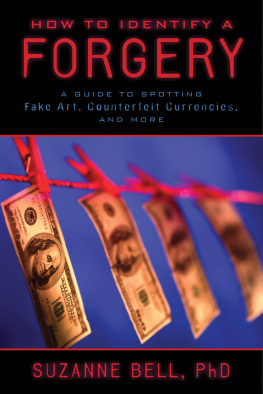

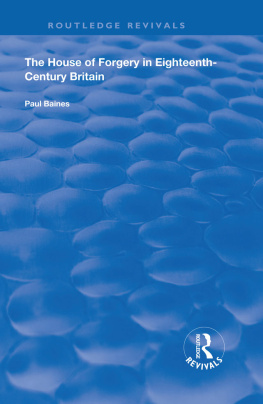
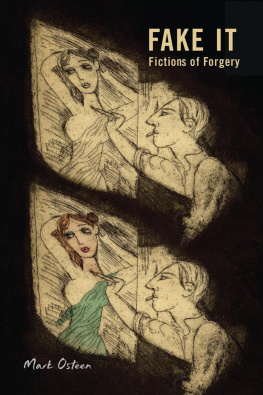
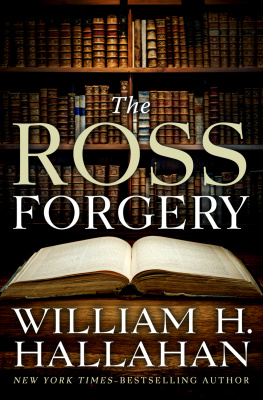
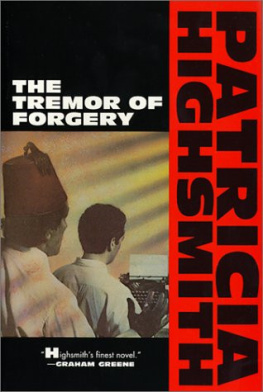
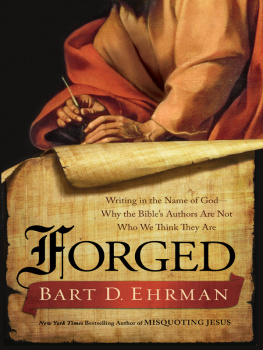
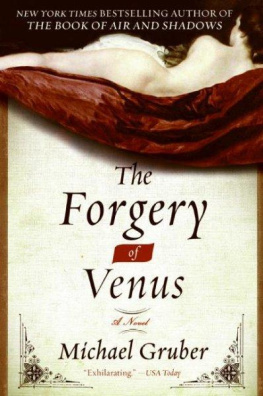

 Science versus Crime by Max Houck, director of research forensic science, West Virginia University; Fellow, American Academy of Forensic Sciences; formerly of the FBI (trace evidence analyst/anthropologist), working at the Pentagon and Waco. This book covers the important cases and procedures that govern scientific evidence, the roles of testimony and admissibility hearings, and how the law and scientific evidence intersect in a courtroom.
Science versus Crime by Max Houck, director of research forensic science, West Virginia University; Fellow, American Academy of Forensic Sciences; formerly of the FBI (trace evidence analyst/anthropologist), working at the Pentagon and Waco. This book covers the important cases and procedures that govern scientific evidence, the roles of testimony and admissibility hearings, and how the law and scientific evidence intersect in a courtroom.